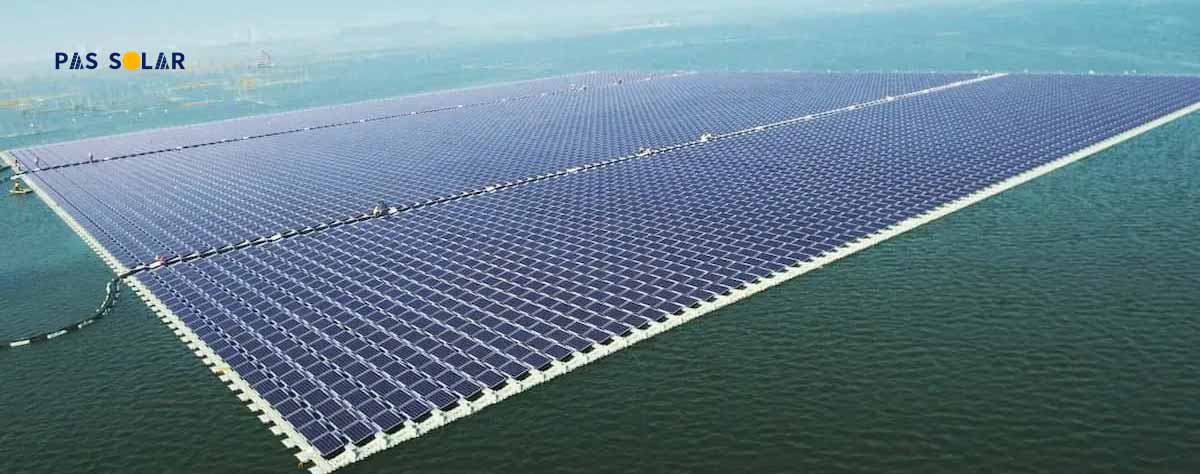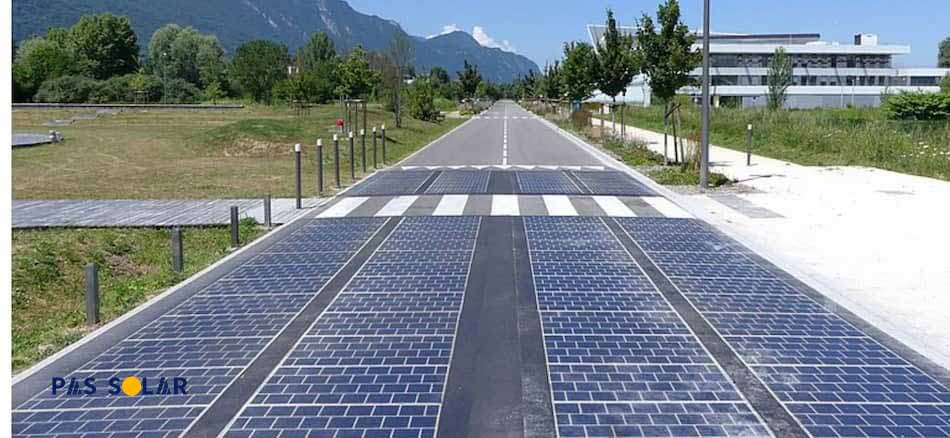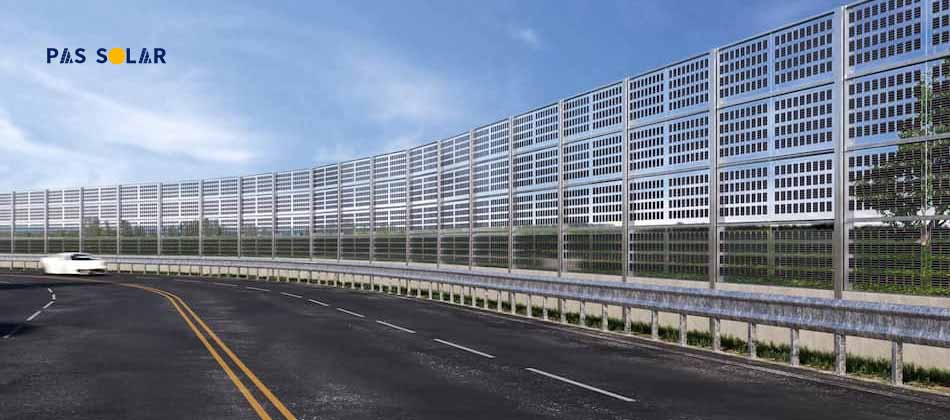When most people think of the application of solar cells, they envision solar panel in UAE bolted to rooftops or solar farms glowing in the desert. However, announcements of advances in solar energy technologies are made periodically. For example, scientists at the National Renewable Energy Laboratory (NREL) have made a solar cell that can generate solar conversion efficiency of up to 47.1 percent. Solar cells continue to be made with new and improved materials, such as perovskite and organic semiconductors. These and other discoveries allow for the application of solar PV technology to grow in number. We have listed seven of these applications below.
The most important benefits of solar cell technology
1. Solar fabrics
Small flexible solar panels can now be sewn into the fabric of clothing. Solar filaments embedded in shirts, winter coats, and other clothing keep you warm, power your phone, or provide power for other portable electronic needs, which is a particularly clever application of solar cells.
Other examples of the application of solar cells include lighting building facades, awnings, and shades, or powering heated car seats.
2. Solar skins
“Solar skin” is one of the solar cell technology types created by MIT spin-off Sistine Solar that integrates custom designs into solar panel systems. Solar Skin is an aesthetic overlay that transforms the look of any solar panel, like the Longi solar panels Dubai, through the use of custom-printed images.
The technology uses selective light filtering to simultaneously display a vibrant image and transmit sunlight to the underlying solar panel with minimal loss of efficiency. Images can be customized to display logos or commercial advertisements.
3. Solar-powered roads
Another fascinating application of solar cells is solar-powered roads. Solar-powered roads can generate clean energy, light up at night, and melt snow and ice during the winter months. Covering US highways with solar panels would generate roughly 80 percent of the country’s energy needs.
Factors that affect power production include panel efficiency, angle, monitoring methods, daylight hours, and temperature.
Pavement material also makes a difference: asphalt alters slightly in its form under pressure, which can cause damage to solar cells; concrete is less flexible and would be better for solar cells. Several transportation companies and agencies are currently testing the feasibility of these solar-powered highway systems.
4. Floating Solar Farms
“Floatovoltaics” are photovoltaic (PV) solar energy systems designed to float on large bodies of water. Research at NREL shows that photovoltaics installed on just a quarter of the nation’s man-made reservoirs could generate about 10 percent of US energy needs, which makes this method an interesting application of solar cells.
Studies also show that energy production from floating solar panels is higher by up to 10 percent due to the cooling effect of the water. Floating solar farms also reduce evaporative water loss and suppress algae blooms, which lowers water treatment costs.
5. Solar storage
In addition to the innovation in the application of solar cells, scientists are finding new ways to store the energy produced by photovoltaic solar systems. Typically, once electricity is generated from solar energy, it goes out to the power grid instead of being stored.
Researchers are developing new ways to maintain this electricity on a larger scale. For example, one promising approach is molten salt storage technology, where the solar collector uses inorganic molten salts as the heat transfer fluid, instead of heat transfer oils.
6. Photovoltaic solar noise barriers
More than 3,000 miles of traffic noise barriers along US highways are designed to reflect noise away from populated areas. With the latest solar cell technology advances, the US Department of Energy is trying to find ways to integrate solar cells into these barriers to provide sustainable power generation, with a potential of 400-gigawatt hours per year which only adds to the solar technology benefits.
This is equal to the annual electricity use of 37,000 homes. The energy produced by these noise barriers can be sold to the Department of Transportation or nearby communities at a reduced price.
7. Solar at night
With the lack of sunlight, solar panels cannot generate electricity at night, which limits the uses of solar technology. However, scientists at the University of California have created a new type of solar panel that is capable of generating electricity at night by capturing infrared light, which is caused by the thermal gradient between the solar cell and the atmosphere.
Although the nighttime solar panel only produces about 25 percent of the power that a normal solar panel produces during the day, it is still a significant amount of additional energy that can be stored or added to the electrical grid, which can only make the application of solar technology more profitable.
Demand for cheaper, more sustainable power means solar companies will continue to find ways to improve solar cell technologies and extend battery life. Advanced solar energy and storage technologies will also expand design options for smaller, more powerful solar cells that can be used creatively to improve quality of life.
In this article, we discussed solar cell technology and applications of this technology. There are other popular uses of PV technology that we didn’t mention in our article, like the application of solar thermal technology. You can use our website to buy solar material in Dubai, but if you are interested in solar technology and want to learn more, our website is full of useful information.





